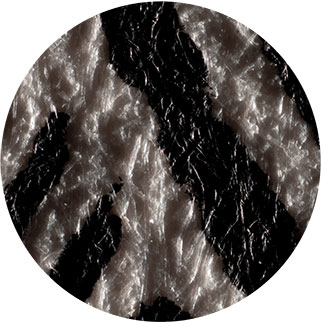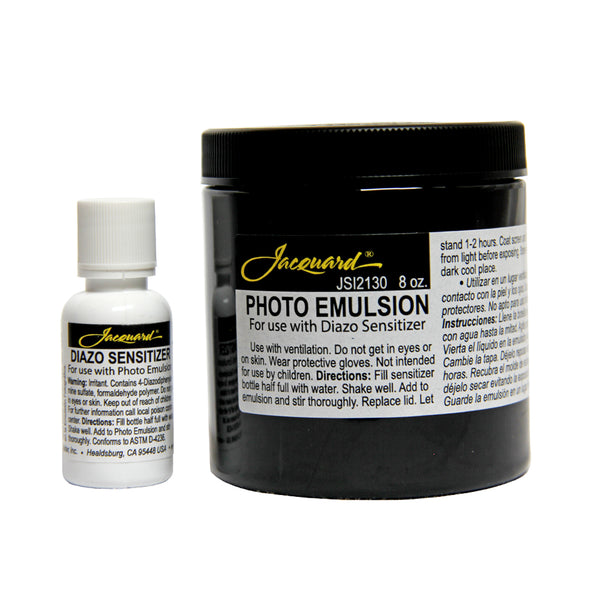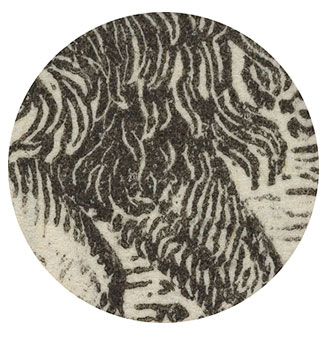
The basic systems of printing are: - 1) the original, (2) the plate, (3) printing ink, (4) a printing medium such as paper and (5) a printing machine. It is often carried out as a large-scale industrial process, and is an essential part of publishing and transaction printing.
#COMPARE AND CONTRAST RELIEF PRINTING AND INTAGLIO REGISTRATION#
Use a registration sheet like the one shown below to ensure your print is centred and straight. When your plate is inked up, place it on the press bed. Finish by using a clean piece of fabric to clean the edges and anyĪreas that you would like to print as close to white as possible. Use a flat piece of tissue paper to polish the plate, concentrating on the pale areas.

To begin to clean the ink of the mount board ground and any other areas that you want pale. Work the ink into the plate using a piece of scrim. Pay particular attention the the areas that you want to hold the ink. Work the ink into the plate with a stiff brush – a toothbrush works perfectly. The Dense Black ink that we used is particularly sticky so we used the quantities shown below. You only need a little linseed jelly to dramatically change the consistency We are using Hawthorn Stay Open Oil Based Inks mixed with Linseed Reducing Jelly – this reduces the ink to a more workable consistency for intaglio printing. WeĪre using a 300gsm paper stock as it needs to be strong enough to be strong when wet and not tear when embossed with the raised areas of the plate. Prepare your paper by soaking it in a tray of water. Shellac works very well at protecting and strengtheningĪgain, allow your plate to dry completely (another few hours) and then you are ready for inking. When your plate is completely dry (this usually takes a couple of hours) it is ready to be varnished. Pressing objects and fabrics into the filler will change the texture of the plate. Pressing and drawing textures in the block will create more areas for the ink to be held. The filler will create the most contrast in your print so use them creatively. Use a palette knife to spread a thin layer of paste onto the block. Threads will hold ink too – experiment with gluey threads dropped onto the surface.Īnother way of creating a textured collagraph plate is by using filler. Use carborundum sprinkled over PVA glue to create a rough texture that holds lots of ink. Take care where you paste your glue as areas of PVA will print differently when inked up.ĭrizzled PVA glue creates a raised area that can be wiped clean whilst holding ink around the edges. Begin choosing and cutting down the pieces to stick on top. Start with a piece of mount board cut to size. If you would like to start with something a little quicker that does not require varnishing your plates, try our Easy Cardcut Collagrap h project featured earlier on our blog. This is our method of creating and printing collagraph plates intaglio. The collagraph plate is then varnished and can be printed intaglio or relief. Anything with a low relief texture can be stuck down and used: wallpaper, leaves, fabrics, tapes and threads etc. JUsing Diazo Photo Emulsion - Tips, Tricks and TroubleshootingĬollagraphy is a really versatile printing process in which a textured plate is inked up and put through a press.JHow to Block Print onto Fabric with Speedball Fabric Block Printing Ink.


Squeegees, Scoop Coaters and Hinge Clamps.


 0 kommentar(er)
0 kommentar(er)
